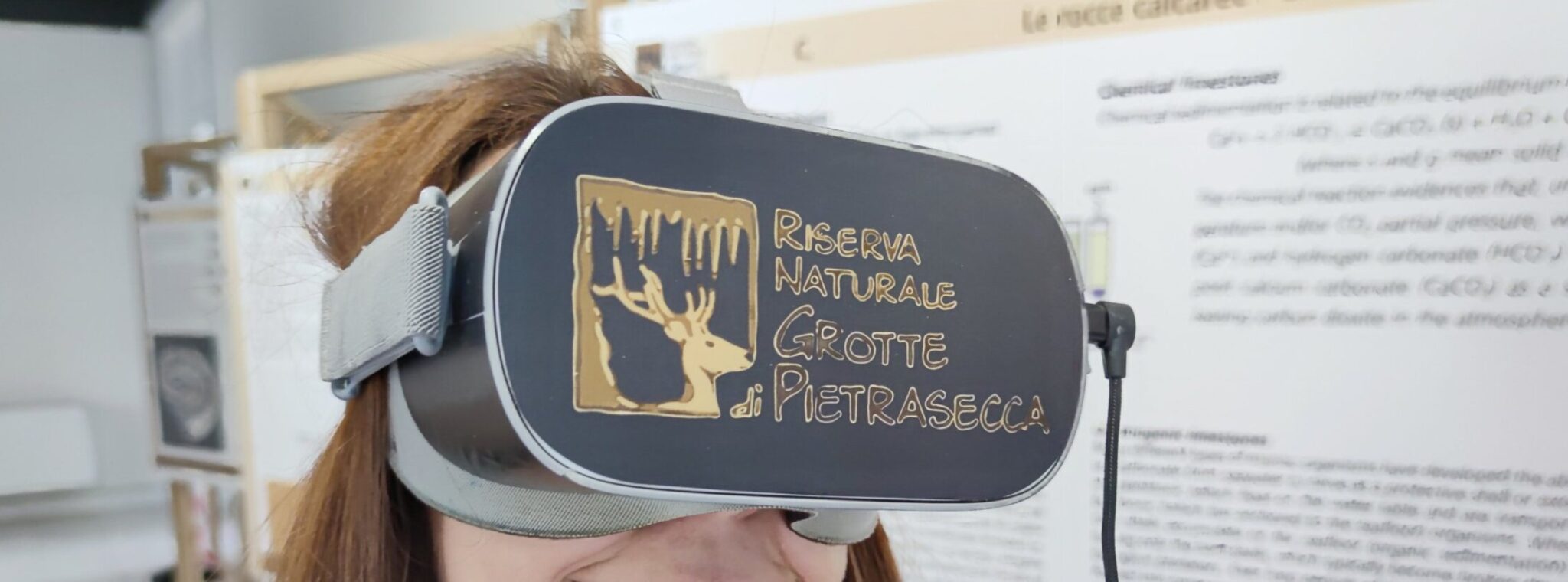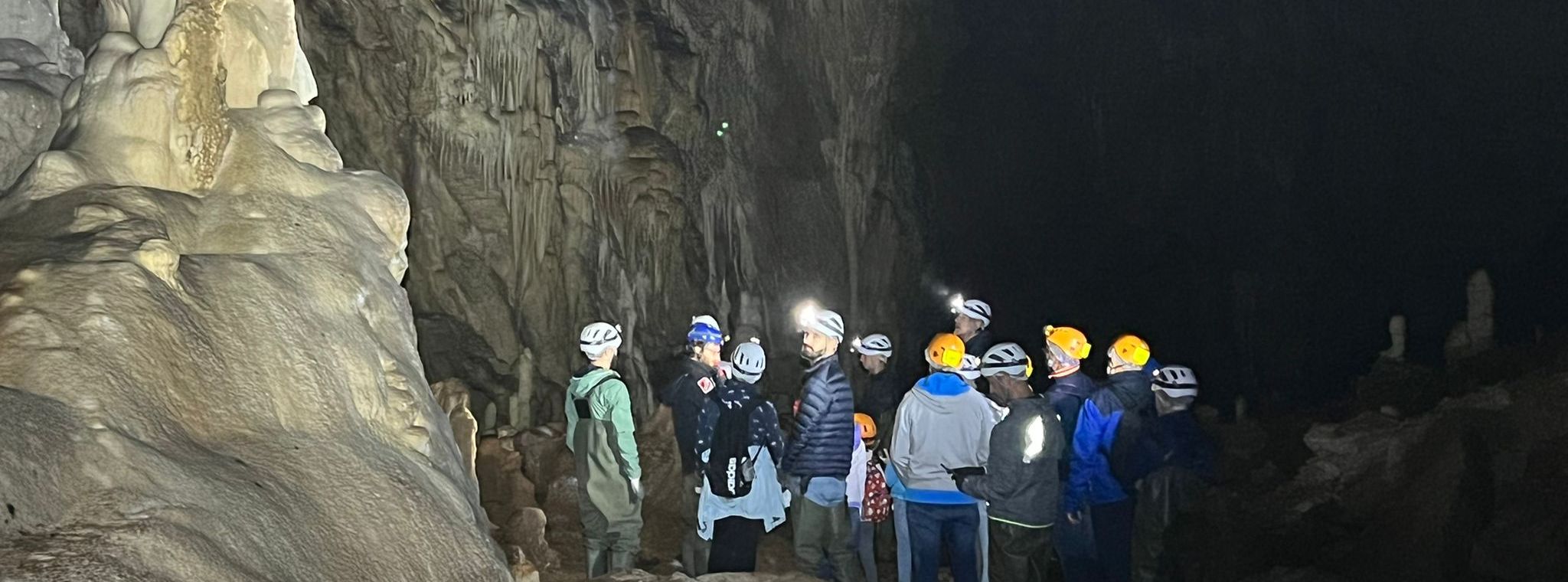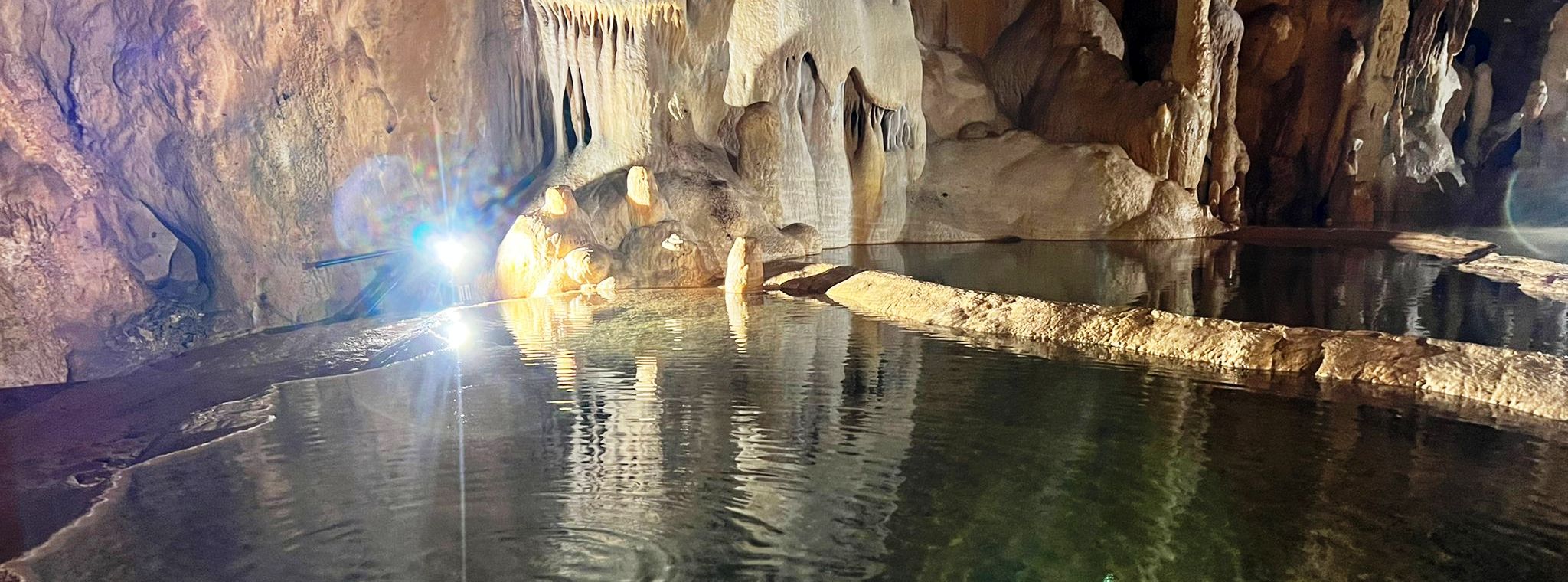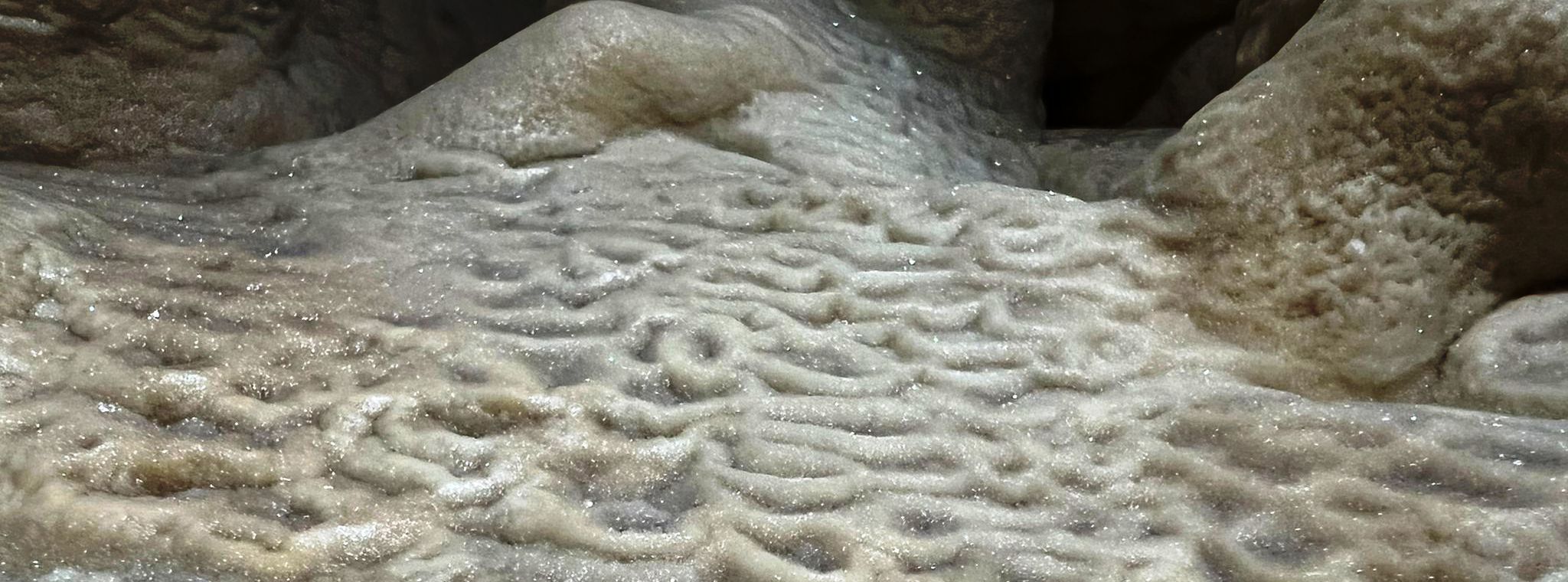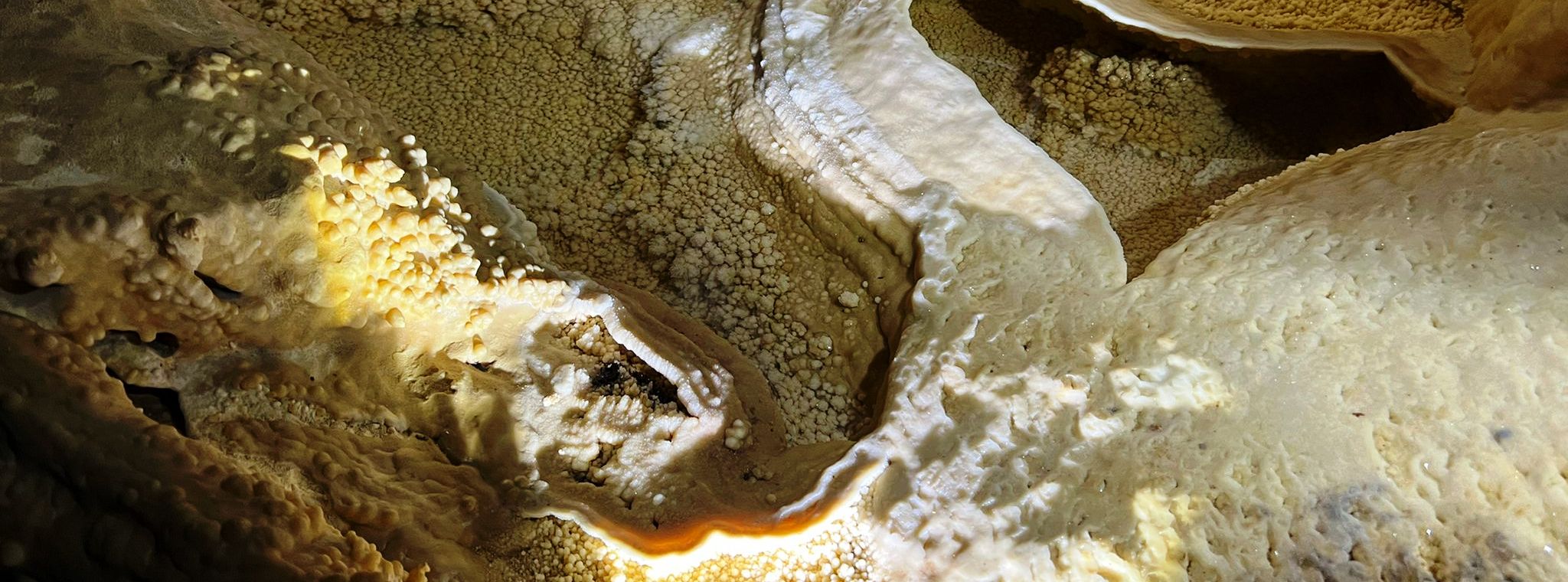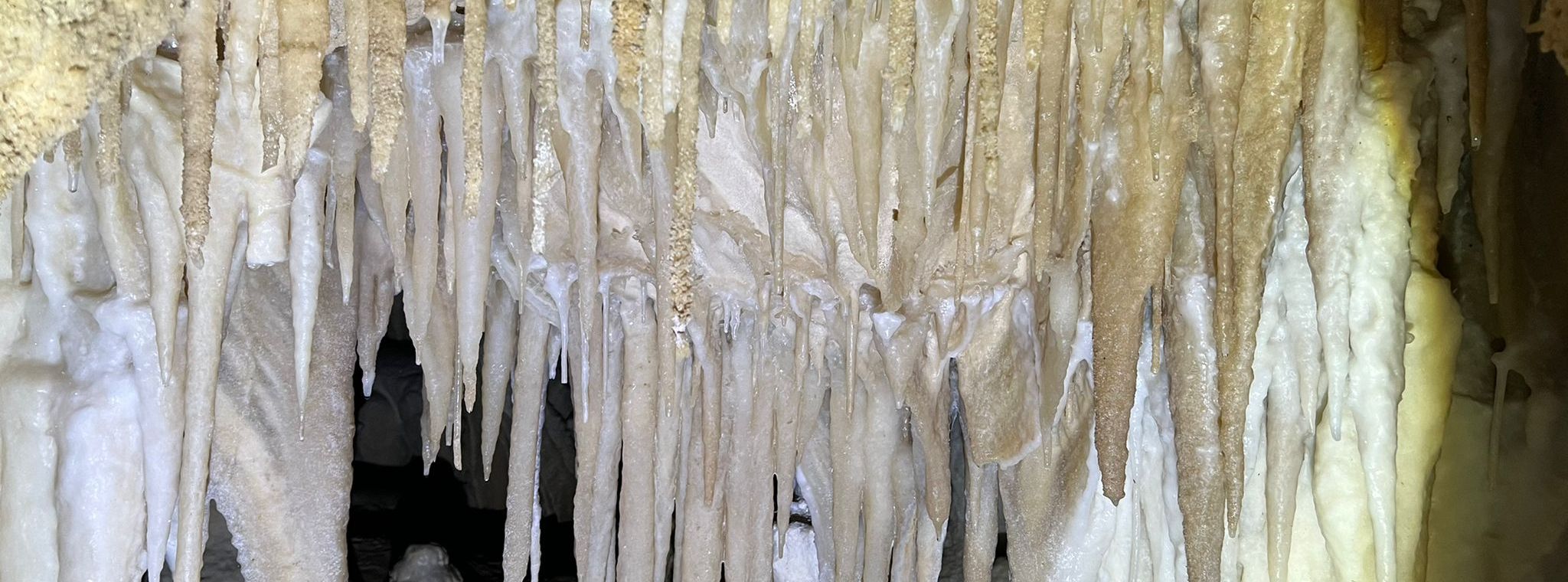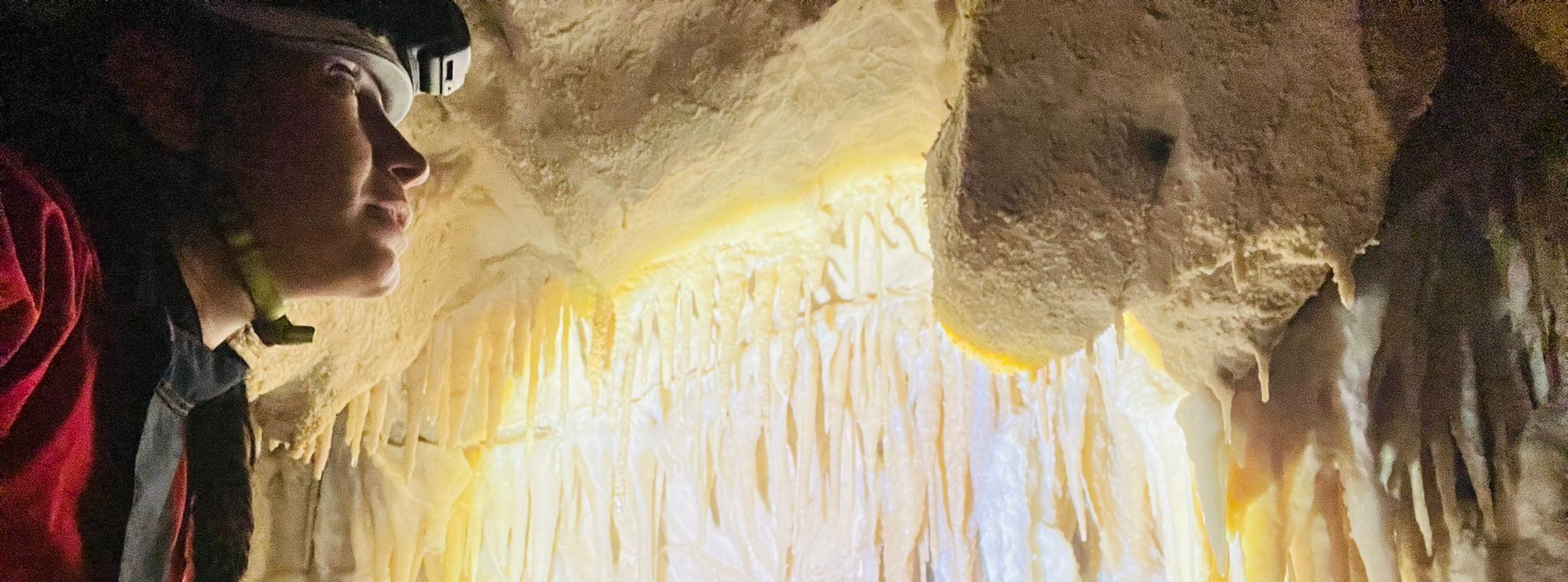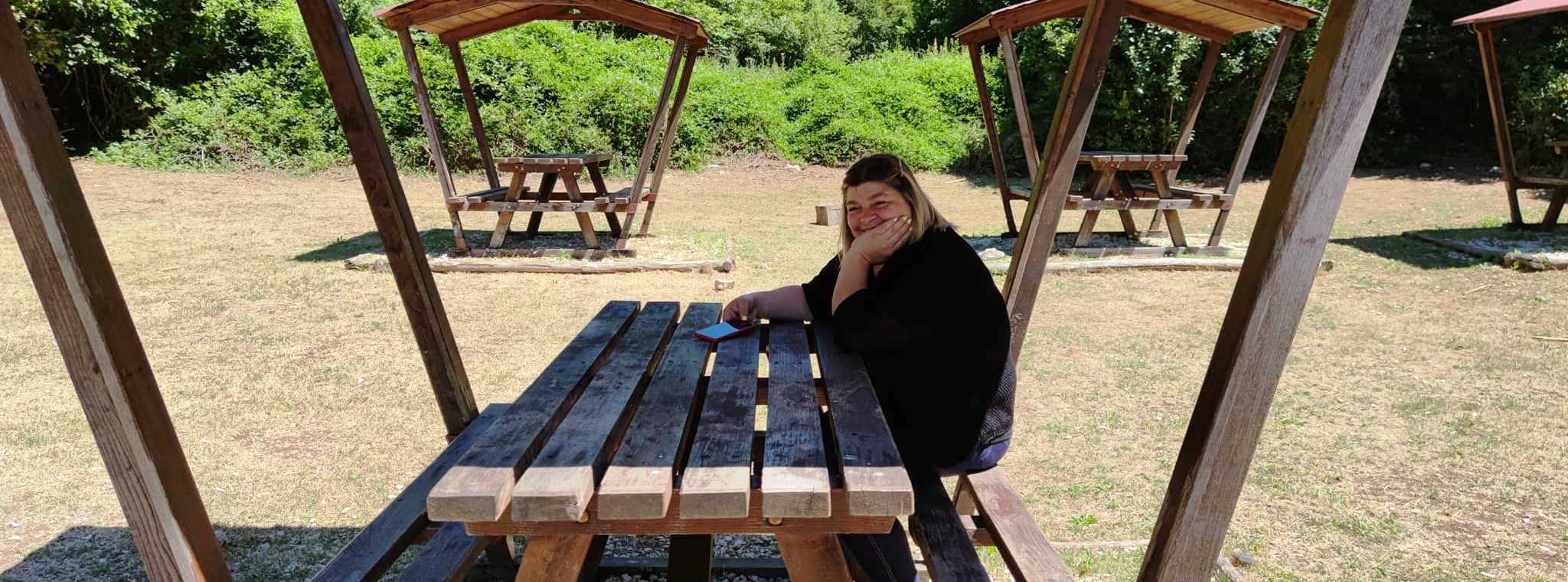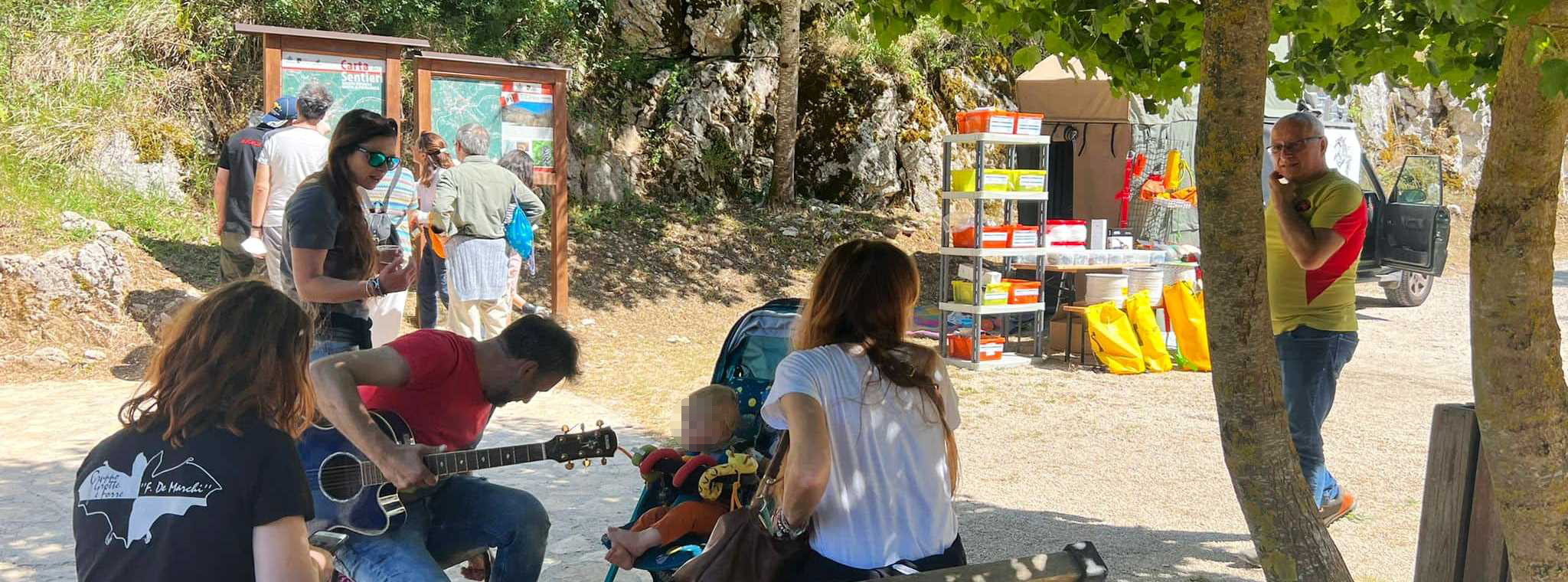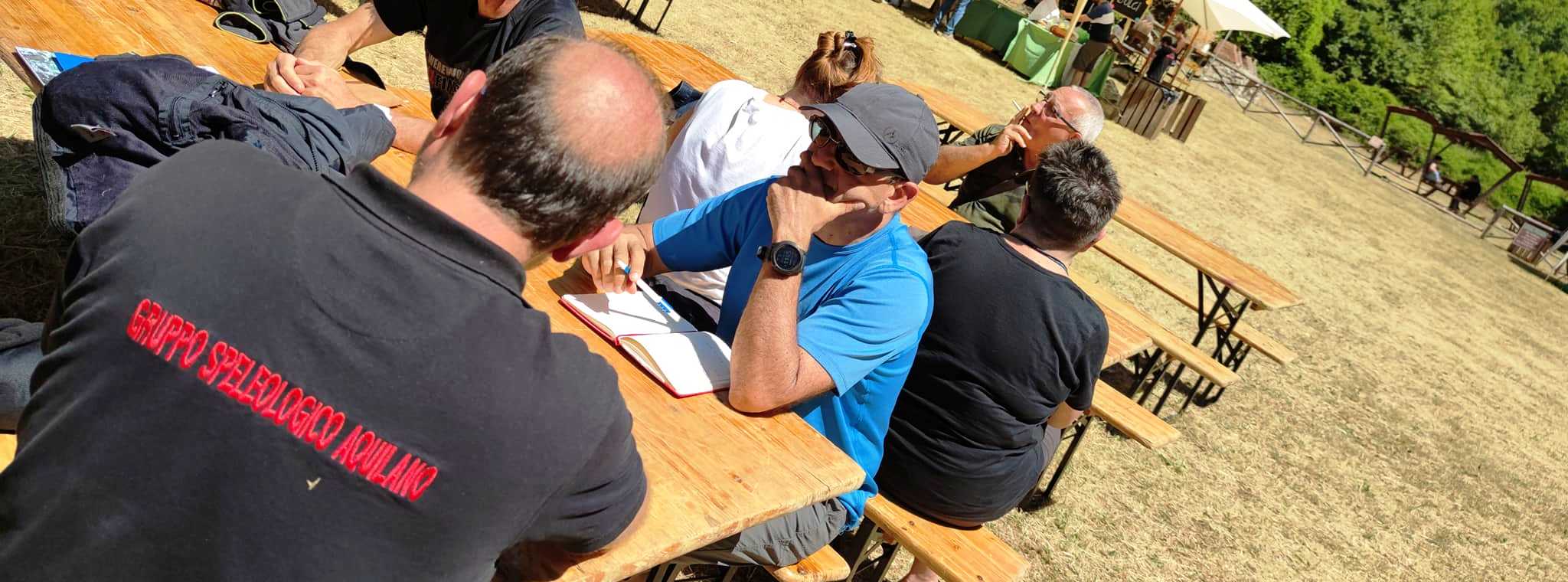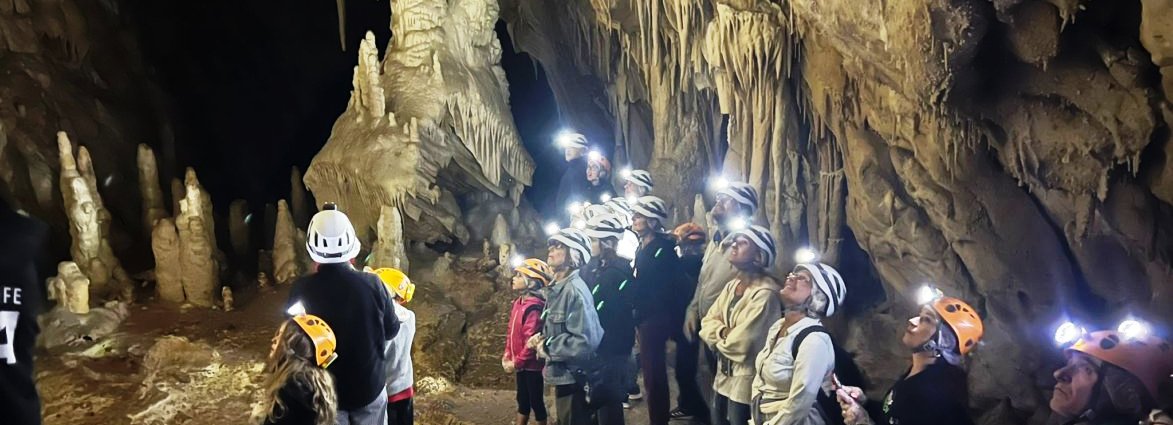A journey into the surprising charm of unspoiled nature in the strong and gentle land of Abruzzo. The “Pietrasecca Caves” Nature Reserve is located in the territory of the Municipality of Carsoli in the province of L’Aquila. It is an oasis of peace and nature to be discovered.
The Reserve offers deep emotions, colors, sensations in every season of the year for an exciting journey destined to enter the drawer of indelible and experiential memories of life.
The Reserve was established in 1992. The caves are included among the sites of community interest in the Abruzzo Region.
To the multidisciplinary nature of the scientific research conducted, another item is added: environmental monitoring, entrusted to associations and institutes directly appointed by the Municipality of Carsoli, manager of the Reserve.
Of great hydrogeological interest is the Grotta dell’Ovito, a natural sinkhole that collects the waters of the basin of the same name to return them after about 1,300 m as a source.
The history of the basin and its fate are still being studied by researchers. Experts say that whatever the evolution of the basin has been, the point of flow of water would have always remained stationary in the Vena Cionca area, except for a retreat (and possible doubling) of the head of this valley along which a small canyon can also be seen. in the limestones, under the bridge of the Tiburtina state road (Germani).
The presence of a sinkhole inside the Grotta dell’Ovito (Sala dell’Osso) would suggest an evolution still underway and the preparation of a new movement of the sinkholes to the south. You can reach the sinkhole in 15 minutes by walking along a path along the stream.
As for the Grotta Grande del Cervo, it should be remembered that it was discovered by the CAI Speleological Group of Rome, in March 1984. In practice, to the north of the town of Pietrasecca, speleologists dug up to the opening of a tunnel from the top of the Frana, beyond which opened the ancient sinkhole originally called Ovito dei 14 (from the number of participants in the first exciting exploration).
The current name derives from the bone finds in the Sala degli Antenati, datable to the Pleistocene period (60000-50000 BC). Furthermore, coins from the late imperial Roman period (4th – 5th century AD) and a 15th century coin were found. A.D.
Within the reserve, actions and interventions that could alter the natural characteristics of the area, damage or disturb the animal and plant species are prohibited.
In the protected area and on the mountain ranges of the area there are vast mixed forests with hornbeam, ash, turkey oak and hazel topped by beech trees that they cover the vast mountains. In the reserve, among others, the Apennine anemone, the musk buttercup, the saxifraga rotundifolia flourish.
The reception is structured in a special reception located in the Reserve itself which, moreover, is also equipped with a very large parking lot, green spaces, suggestive paths for entertainment even for those who do not enter the cave.
The headquarters of the Environmental Education Center is located at the elementary school in Piazza del Popolo in Pietrasecca and is equipped with special equipment: teaching rooms for briefings, lessons and insights and highly effective guided virtual tours.








